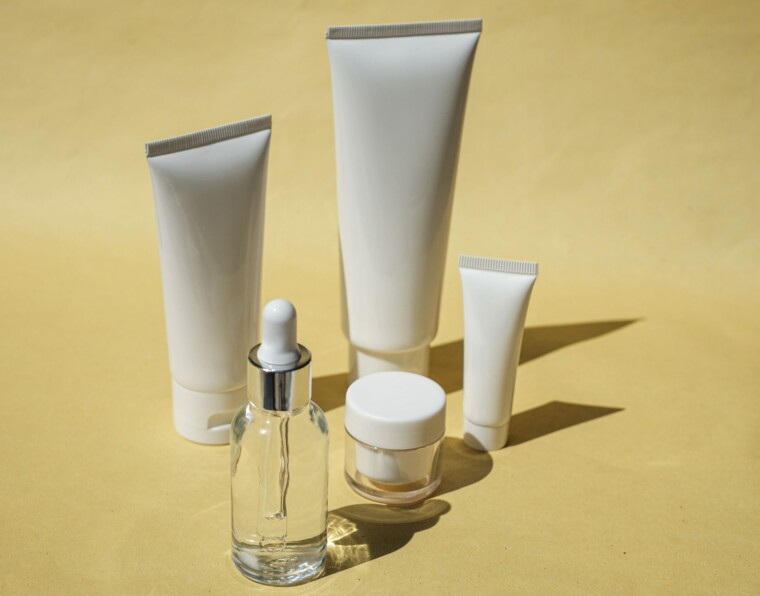The Moringa oleifera, often known as the “drumstick” or “wonder” tree, is an African and Asian native whose seeds are the source of moringa oil. It has long been appreciated for its many cosmetic benefits in addition to its nutritional worth. It has 25 times more iron than spinach, more vitamin C than an orange, more vitamin A than a carrot, more potassium than a banana, and more calcium than milk. It has been dubbed a holy grail substance for skin since it is also rich in antioxidants and amino acids.
What is Moringa Oil?
The seeds of the tiny tree Moringa oleifera, which is native to the Himalayan mountains, are used to make moringa oil. The moringa tree’s seeds, roots, bark, flowers, and leaves are just a few of the many parts that can be utilized for industrial, medical, or dietary purposes.
It is thus frequently referred to as “the miracle tree” for this reason. Due to the shape of its seed pods, another name for this tree is the drumstick tree.
The nutritional components found in moringa seeds include monounsaturated fats, protein, sterols, and tocopherols. They also have a high oil content. Solvent extraction and cold pressing are two of the industrial processes used to make moringa oil.
Both an essential oil and a cooking oil are offered. Additionally, it’s a component of hair and skin care products.
Advice for choosing moringa oil
Choose an essential oil or a carrier oil based on the kind. Check to discover whether the oil you’re buying is an essential oil or a carrier oil before you buy it. Before using topically, moringa essential oil should be diluted with a carrier oil, as with any other essential. It’s possible that moringa essential oil can’t be consumed and shouldn’t be taken internally.
For cooking, use food-grade, cold-pressed oil. Solvent extraction is used to make certain types of moringa oil in big amounts for use as fuel or lubrication for machines. Search for a cold-pressed, organic, and specifically labelled moringa oil if you want to use it for cooking or topically on your skin.
Look into the manufacturing process. Additionally, search for a manufacturer that is open about the product’s origins and manufacturing.
Examine the color and purity of the oil. Look for an oil with a faint peanut aroma that is pale yellow in hue. There may be little or no moringa oil in certain bottled products.
How to Use:
1) For Face Cleaning
The best way to start a cleansing routine is with moringa oil. Consider dipping a toe into the unconventional trend with this light, quickly absorbing, nongreasy seed extract if you’ve been hesitant to do so. You might even observe a decrease in sebum production as a result of continued hydration.
Although you should test it on your arm before using it on your face, it is gentle enough to serve as a carrier oil for more potent ingredients. Mix equal parts of black castor oil, tamanu, and moringl to create a mild introductory oil cleanser. If you want to exfoliate, rub it into damp skin with a clean cloth before rinsing.
2) Include It in Your Suncare Regime
Moringa extracts “were demonstrated to confer significant values of [sun] protection,” according to a 2018 study, boasting an SPF of two. The CDC advises wearing SPF 15 at a minimum, and many dermatologists advise 30; therefore, it is insufficient as a standalone form of sun protection. It will, however, provide an additional line of defense in addition to your normal sun protection regimen. Face oils should always be used before sunscreen.
3) Make body butter
Oleic acid is a stronghold in moringa oil. Its star ingredient, which accounts for about 25% of its total composition, is a well-known emollient.
It moisturizes the skin thoroughly and seals in the moisture.
5 teaspoons of tapioca starch, 2/3 cup shea butter, 1/4 cup moringa oil, and 1/8 cup jojoba oil can be combined to create your own body butter. Shea butter should first be melted in a double boiler, then whipped with an immersion blender before adding the oils. Add the tapioca starch and combine well after the oils have been thoroughly incorporated. Add up to 30 drops of essential oil to the end.
4) Use It for Spots
Moringa oil is an excellent all-natural spot treatment because of its wealth of antibacterial and anti-inflammatory qualities. The adaptable plant extract helps absorb dirt and germs from the pore when applied to a bothersome blemish, perhaps lowering some of the redness and swelling. The repair of skin is also aided by vitamins A, C, and E.
5) Make a face mask
Without using moringa for skin care or even applying it directly to your skin, you can still benefit from it. A weekly face mask is one way to ease into the novel habit of applying oils to your face. With Greek yogurt, flaxseed, and moringa, you can make this one at home.
Just combine one or two tablespoons of ground flaxseed, three tablespoons of antibacterial Greek yogurt (or a vegan substitute), and four drops of moringa oil. Apply the mixture to your face and let it sit for about 30 minutes.
6) Use it on your scalp
Scalps are part of the skin, and some people are more prone to dryness and irritation than others. The best time to apply moringa to your scalp is right after you step out of the shower, when your skin is still damp. This will help reduce flaking and itchiness. Even after you’ve rinsed it out, the fatty acids in it will help retain moisture and keep your head hydrated.
Our favorite Moringa Oils:
1. Mother Nature Organics Moringa Oil
3. Organic Moringa Oil by Prime Natural
4. Gya Labs Organic Moringa Seed Oil
5. Daana Organic Moringa Oil for Skin




